Retro Replay Review
Gameplay
The core of The 3rd Millennium revolves around an intricate simulation of political life, tasking you with transforming your modest state into a global powerhouse. From the moment you assume the role of governor, the game demands careful planning: you construct cities building by building, balancing resources, infrastructure, and public needs. Early decisions—like where to place your first tax office or how much to invest in public healthcare—can reverberate for decades, making every choice weighty and consequential.
Diplomacy plays an equally vital role. As you expand your influence, you negotiate trade deals, defense pacts, and cultural exchanges with leaders of the other 30 states. The AI reacts dynamically to your actions: a high tax rate might enrich your coffers but sour relations with neighboring governors, while generous foreign aid can foster alliances that last centuries. This push-and-pull creates a living world where political capital is just as important as financial wealth.
Perhaps the most distinctive feature is the long-term progression system. You can play for up to five hundred years, witnessing generational changes in society and technology. As you accrue more power—moving from state governor to national president and eventually vying for the world presidency—new game mechanics unfold. Social reforms, media control, and even clandestine operations become available, ensuring that the gameplay remains fresh throughout your centuries-spanning campaign.
Graphics
Visually, The 3rd Millennium adopts a functional, map-centric design that prioritizes clarity over flash. The world map is rendered in modest 2D sprites, with each city, road, and landmark clearly identifiable. While the textures and animations may feel dated by modern standards, they serve their purpose by keeping the interface clean and allowing you to focus on strategic decisions without visual clutter.
The user interface is organized into distinct panels for construction, diplomacy, and domestic policy. Buttons and menus can feel cramped if you’re running multiple screens at once, but tooltips mitigate any confusion by providing concise explanations of each option. With a little practice, you’ll learn to navigate the UI fluidly, toggling between tax rates, foreign treaties, and infrastructure investments with ease.
On higher-end hardware, the game offers subtle visual enhancements—shadows, transitional effects between decades, and animated builds of key projects such as highways or nuclear power plants. These touches add a sense of progress and achievement each time you unlock a new technology or complete a major construction. Overall, while not a visual powerhouse, the graphics effectively communicate the grand scope of your political empire.
Story
Rather than presenting a fixed narrative, The 3rd Millennium delivers an emergent story shaped entirely by player decisions. Every diplomatic victory, scandalous reform, or infrastructural triumph becomes a chapter in your personal history. As you juggle the demands of industry, population welfare, and foreign diplomacy, you craft a unique tale of ascent—and occasional downfall.
The setting—2001 as a near-future vision—imbues the game with a subtle sense of alternate-history. You’ll encounter technologies and political movements that never existed in our real timeline, such as bioengineered city districts or pan-continental trade alliances. This creative license allows the narrative to explore “what-if” scenarios: Will you usher in a utopian era of global unity, or slide into authoritarianism as you consolidate power?
Supporting characters—fellow governors, rebel leaders, and foreign dignitaries—are defined more by their policy positions than by deep backstories. Their motivations evolve based on your interactions, so an ally today might become tomorrow’s fierce rival if you betray their trust. This fluid character dynamic keeps the political drama engaging, even in the absence of scripted cutscenes or voice acting.
Overall Experience
The 3rd Millennium offers a staggering depth of political simulation that will appeal to strategy enthusiasts and aspiring statesmen alike. Its century-spanning campaign provides unmatched replay value, as you experiment with different economic models, diplomatic philosophies, and social policies. No two playthroughs feel identical, thanks to the game’s branching mechanics and AI-driven world events.
However, the steep learning curve and dated presentation can initially be off-putting. Newcomers may find the barrage of menus and statistics overwhelming, and the lack of hand-holding means you’ll need patience to master the interplay between taxation, public approval, and international influence. Once you push past this early barrier, though, the game’s rewards are substantial: you’ll experience the thrill of turning a fledgling state into a global superpower.
In the end, The 3rd Millennium stands out as a remarkably ambitious simulation of political ascent. Its blend of city-building, economic management, and high-stakes diplomacy creates a multifaceted challenge that few games attempt. For players willing to invest the time to learn its systems, the journey from state governor to world president offers a deeply satisfying sandbox of power, policy, and legacy.
 Retro Replay Retro Replay gaming reviews, news, emulation, geek stuff and more!
Retro Replay Retro Replay gaming reviews, news, emulation, geek stuff and more!
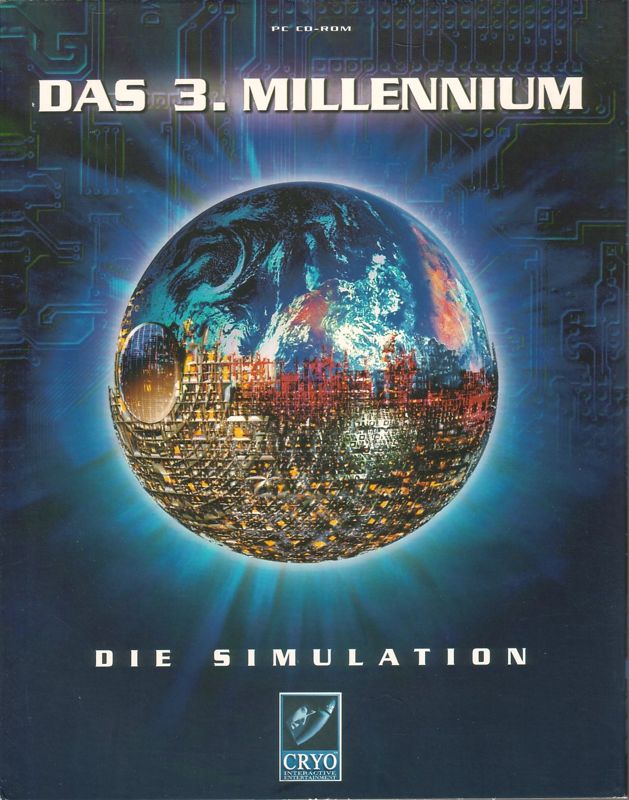
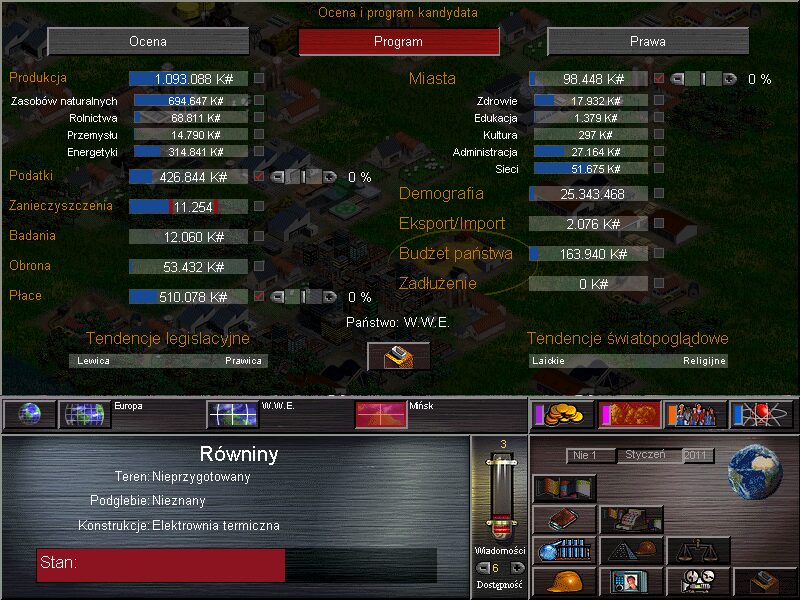
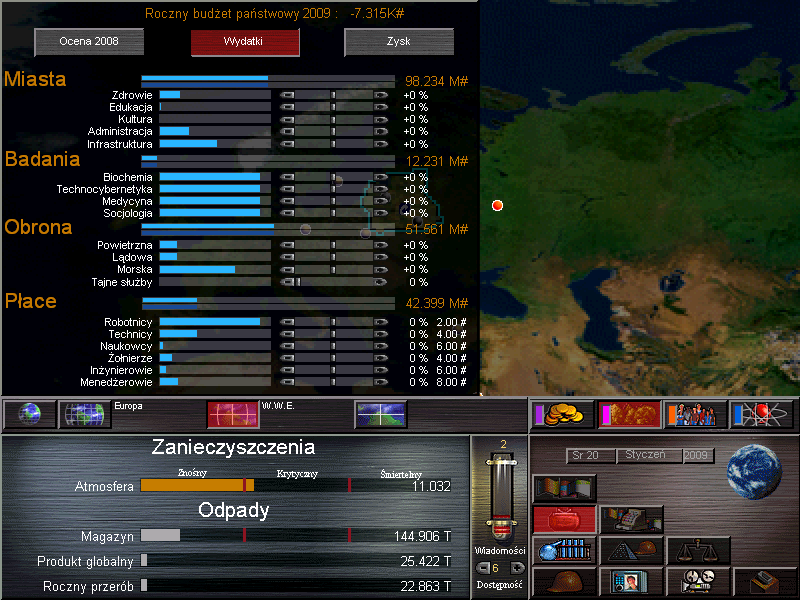
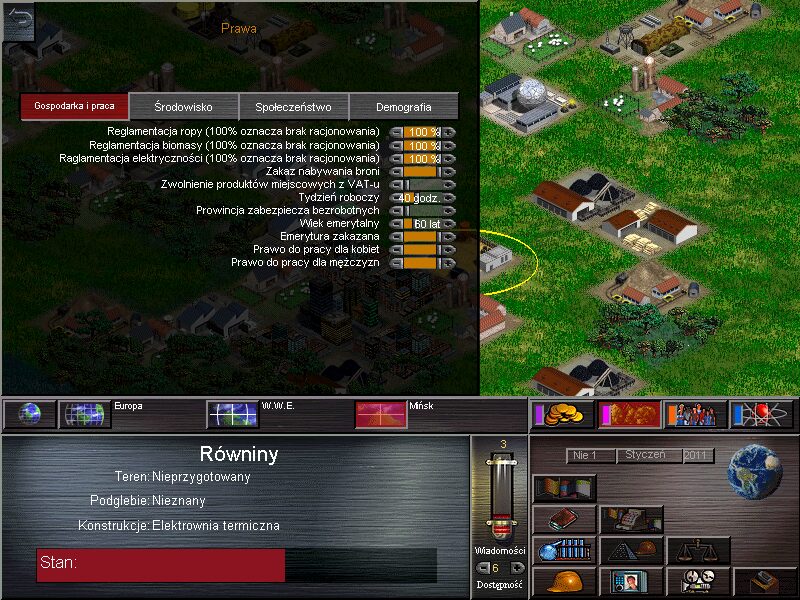
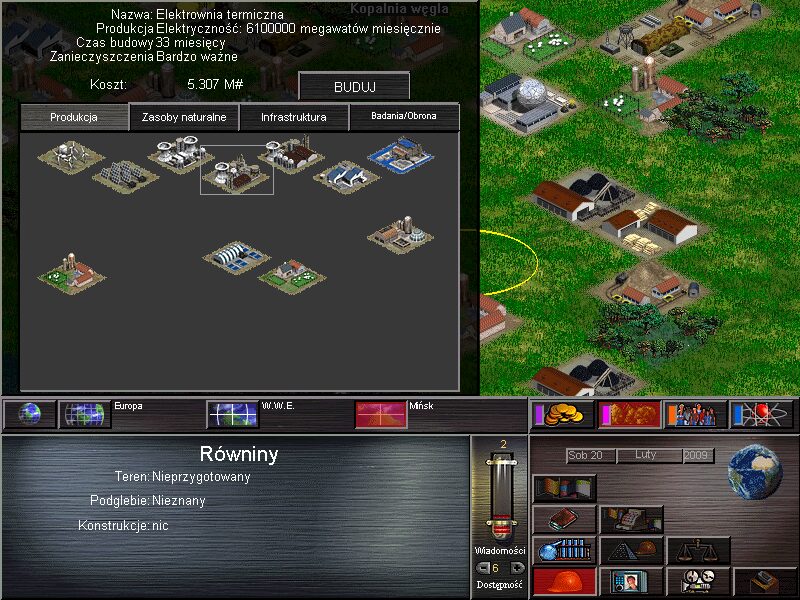
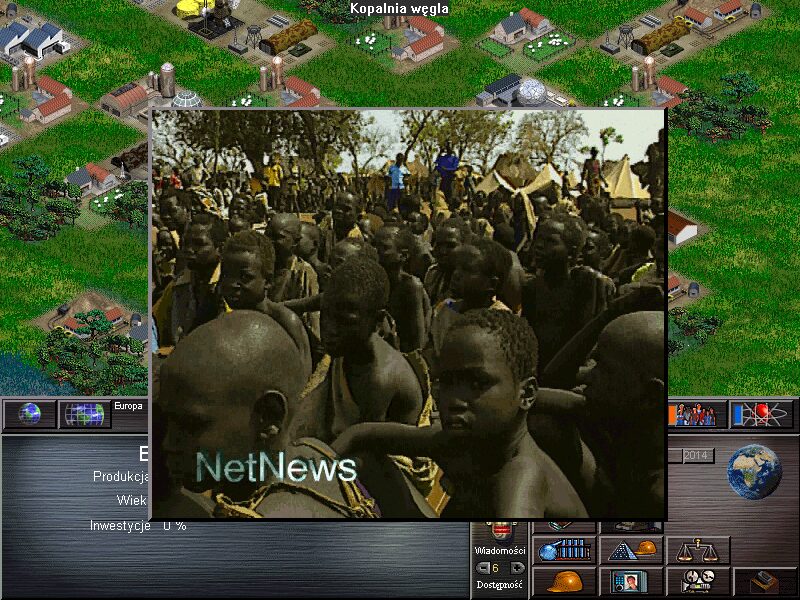



Reviews
There are no reviews yet.